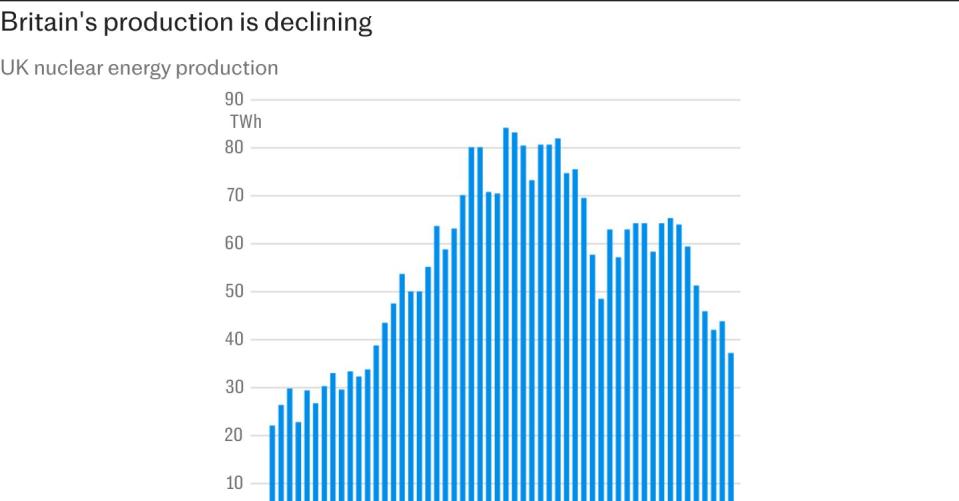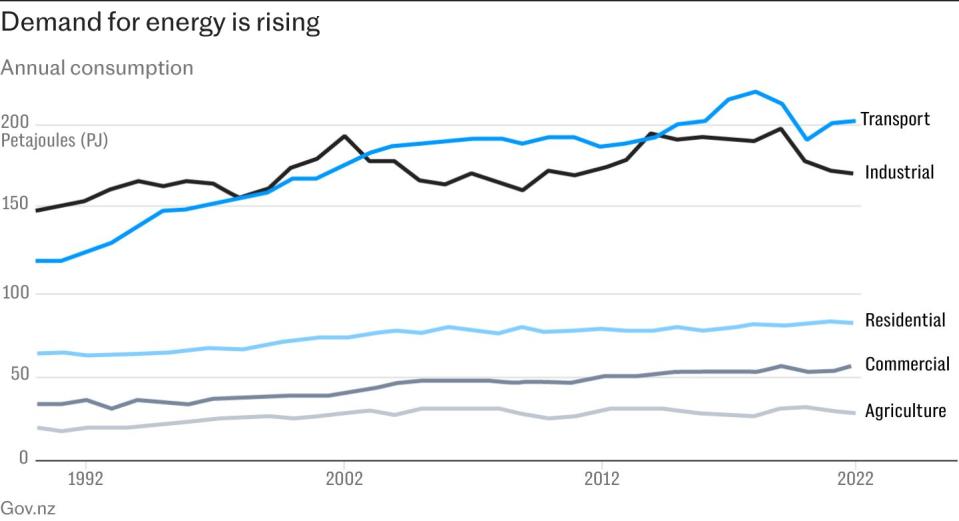Households to be paid all year round to cut electricity

Households and businesses will be paid to cut electricity use all year round as part of plans by Ed Miliband to shift the UK’s grid reliance toward renewable energy.
Such payments, aimed at minimising the risk of blackouts, have been on offer for the last two years but only in winter. They were originally part of the UK’s response to the energy shortage caused by the Ukraine conflict.
The plan to make it a year-round option was announced on Tuesday by the The National Energy System Operator (Neso) which is seeking approval from Ofgem, the industry regulator.
It follows the closure of the UK’s last coal-fired power plant at Ratcliffe-on-Soar, and the looming closure of eight of the UK’s nine remaining nuclear reactors – with four closing in 2026 and another four in 2028.

This will remove much of the stable baseload power on which the grid has relied for the last several decades, leaving a higher proportion of intermittent renewable sources.
This will require Neso to be able to manage the demand for power more efficiently than in the past, when it usually had enough surplus capacity from nuclear or fossil fuel-powered plants to provide whatever was needed.
Under the Demand Flexibility Service (DFS), households and businesses will be able to sign up via their electricity supplier to qualify for payments if they cut their electricity use for short periods at any time of year.
Neso will then use the system to reduce the demand when a shortage looms – for example in “dunkelflaute” periods when there is little or no wind or sunlight to power solar and wind farms.

British Gas and Octopus Energy are among the suppliers offering the scheme to customers, with 2.6m households and businesses taking part last winter. This saved 3.57GWh (gigawatt hours) of electricity.
While a tiny fraction of the 266,000GWh of power used in the UK last year, value lay in the timing of those reductions as demand threatened to exceed supply.
Those savings are likely to grow as the intermittency of power generation increases.
Neso’s winter outlook report said: “In June, we announced our intention to reintroduce the Demand Flexibility Service (DFS) for a third year. Due to the improved outlook for this winter, we proposed several changes to the service design that would see the DFS evolve from an enhanced action to a service that can be used under normal market conditions.”
It said the UK would also increasingly rely on interconnectors – giant cables linking our electricity network to those of nearby countries – to bring electricity generated abroad to the UK, not just in times of need but also because such electricity is often cheaper.

The UK has three interconnectors linking it to France and one each to Belgium, the Netherlands, Denmark and Norway. Over the last year they provided more than 14pc of the UK’s electricity.
Neso said in its report: “This winter, we expect the UK to be a net importer from continental Europe over the winter, as both base load and peak load forward power prices show a premium in GB for the winter period… There will be imports into the UK at times of tight margins or stress on the GB system.”